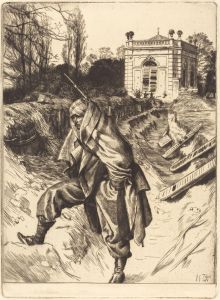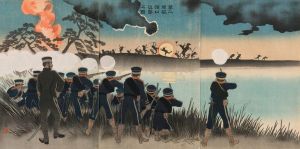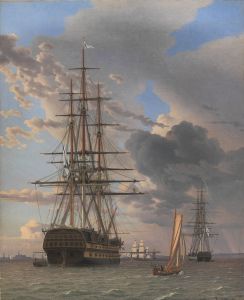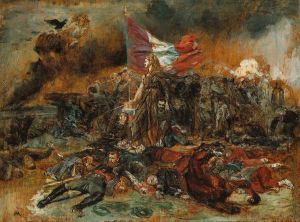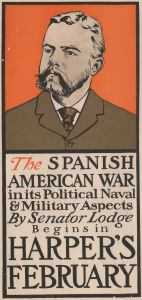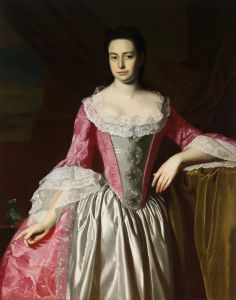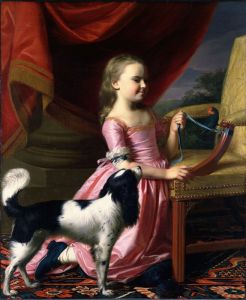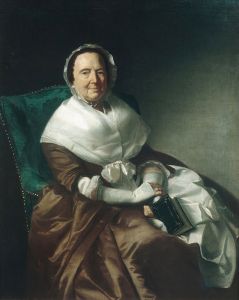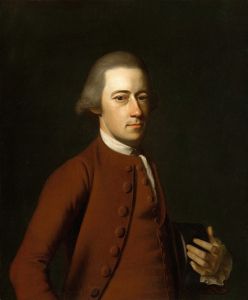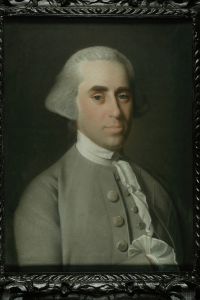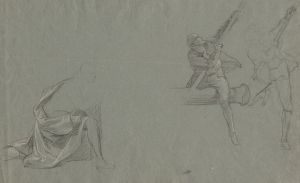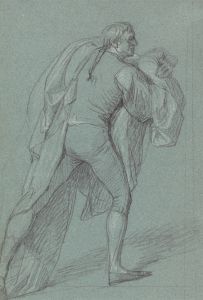
The Siege of Gibraltar
A hand-painted replica of John Singleton Copley’s masterpiece The Siege of Gibraltar, meticulously crafted by professional artists to capture the true essence of the original. Each piece is created with museum-quality canvas and rare mineral pigments, carefully painted by experienced artists with delicate brushstrokes and rich, layered colors to perfectly recreate the texture of the original artwork. Unlike machine-printed reproductions, this hand-painted version brings the painting to life, infused with the artist’s emotions and skill in every stroke. Whether for personal collection or home decoration, it instantly elevates the artistic atmosphere of any space.
John Singleton Copley’s painting The Siege of Gibraltar is a large-scale historical work that depicts a dramatic moment from the Great Siege of Gibraltar (1779–1783). This siege was a significant event during the American Revolutionary War, in which the British garrison at Gibraltar successfully defended the territory against a combined Franco-Spanish force. The painting captures the heroic defense of Gibraltar, emphasizing themes of bravery, resilience, and military strategy.
Completed in 1789, the painting is also known as The Defeat of the Floating Batteries at Gibraltar, September 13, 1782. It portrays the climactic battle during the siege, when British forces, under the command of General George Augustus Eliott (later Lord Heathfield), repelled an attack by Spanish floating batteries. These heavily fortified vessels were designed to withstand cannon fire, but the British defenders used heated shot—cannonballs heated until red-hot—to set the floating batteries ablaze. The attack ended in disaster for the Franco-Spanish forces, marking a turning point in the siege and solidifying British control of Gibraltar.
Copley’s painting is notable for its dramatic composition and attention to detail. It features a large number of figures, including British officers, soldiers, and sailors, as well as scenes of chaos and destruction among the attacking forces. The artist meticulously researched the event, consulting eyewitness accounts and incorporating accurate depictions of military uniforms, weaponry, and the geography of Gibraltar. The painting also includes a portrait of General Eliott, who is shown as a calm and commanding presence amidst the turmoil, symbolizing the leadership that contributed to the British victory.
The work is an example of Copley’s transition from portraiture to historical painting, a genre that was highly esteemed in the 18th century. Born in Boston, Copley moved to London in 1774, where he sought to establish himself as a history painter. The Siege of Gibraltar was one of his most ambitious projects and was exhibited to great acclaim at the Royal Academy in 1791. The painting’s monumental scale and dramatic storytelling reflect Copley’s ambition to compete with European masters of historical art.
Today, The Siege of Gibraltar is recognized as one of Copley’s major works. It is housed in the Guildhall Art Gallery in London, where it continues to be appreciated for its artistic and historical significance. The painting serves as both a commemoration of a pivotal military event and a testament to Copley’s skill as a painter of historical narratives.





